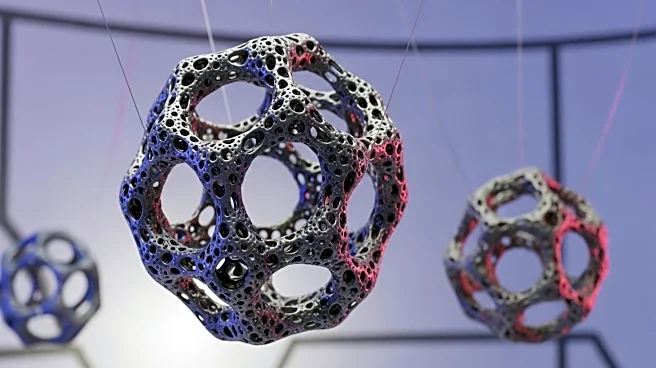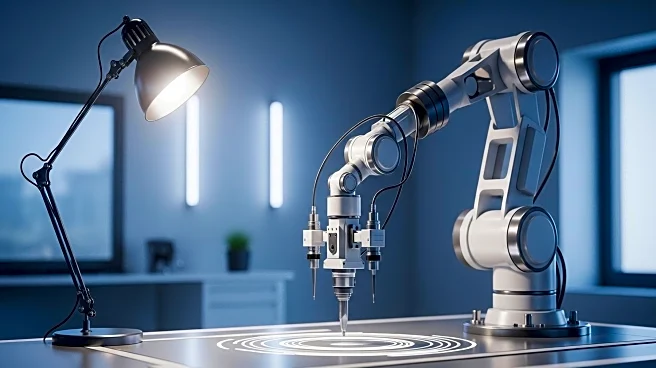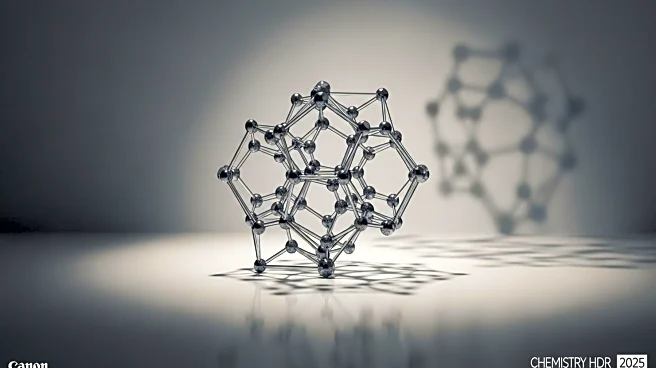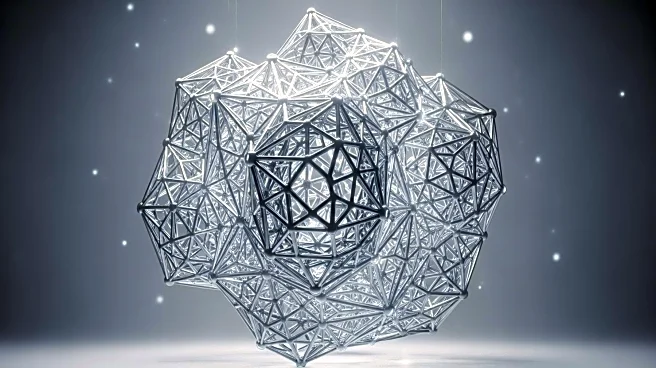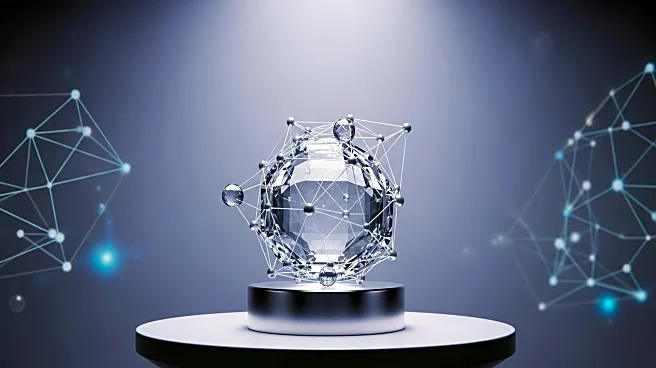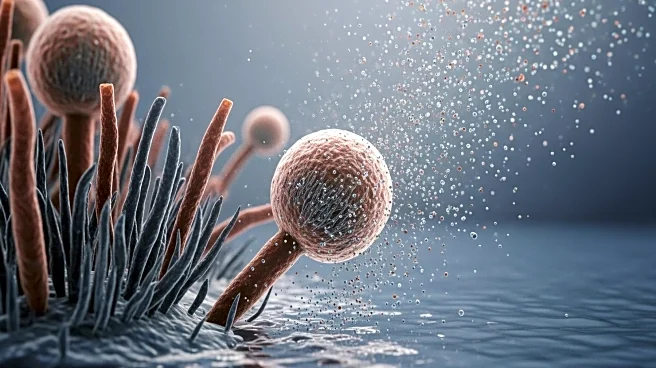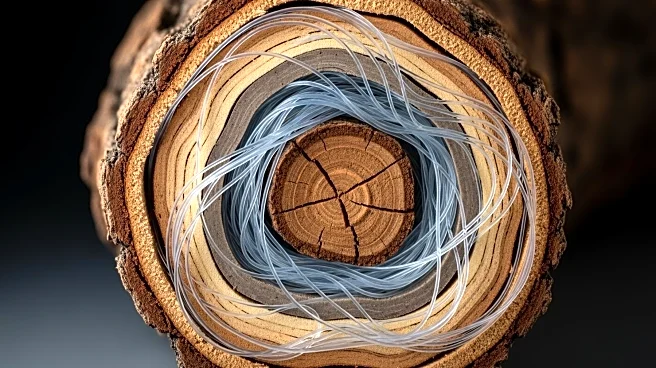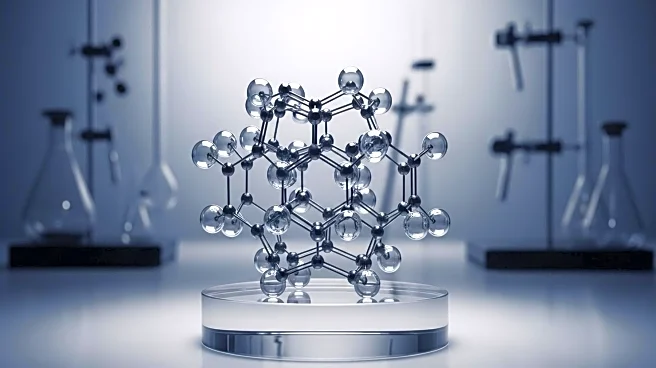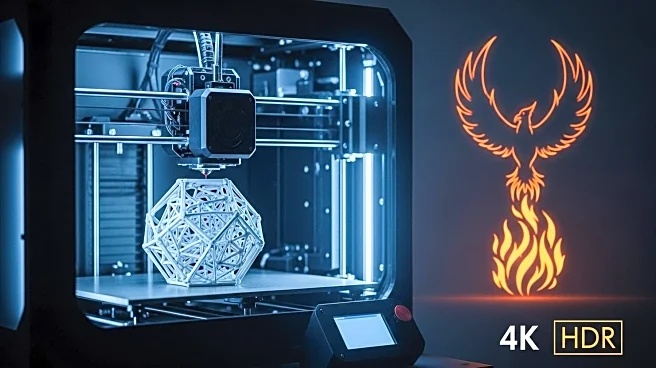What's Happening?
Researchers at the Laboratory for the Chemistry of Materials and Manufacturing at EPFL's School of Engineering have introduced a novel approach to creating strong metal and ceramic materials. The technique involves using vat photopolymerization, a type of 3D printing, to create a framework with a water-based hydrogel. This framework is then infused with metal salts, which are chemically converted into nanoparticles that spread throughout the gel. By repeating this process multiple times, the researchers can produce composites with high metal content. The resulting materials are significantly stronger, with the ability to withstand 20 times more pressure compared to previous methods, and exhibit less shrinkage. This method allows for the creation of intricate structures, such as gyroids, out of metals like iron, silver, and copper.
Why It's Important?
This development is significant for industries requiring advanced 3D architectures that are strong, lightweight, and complex. Potential applications include sensors, biomedical devices, and energy conversion and storage devices. The ability to produce high-surface area metals with advanced cooling properties could revolutionize energy technologies. The technique offers a low-cost, accessible 3D printing process that allows material selection after printing, enhancing versatility. This could lead to more efficient manufacturing processes and the development of new materials with unique properties, benefiting sectors such as healthcare, energy, and technology.
What's Next?
The research team is focused on improving the process to facilitate industrial adoption. Efforts are underway to increase the density of the materials and reduce processing time by automating the infusion steps with robotics. These advancements could make the technique more competitive with existing 3D printing methods, potentially leading to widespread use in manufacturing. The team aims to further refine the process to enhance its efficiency and applicability across various industries.
Beyond the Headlines
The technique represents a shift in additive manufacturing, where material selection occurs post-printing rather than pre-printing. This paradigm shift could lead to new possibilities in material science, allowing for the creation of customized materials tailored to specific applications. The ethical implications of this technology include considerations around resource use and environmental impact, as the process may offer more sustainable alternatives to traditional manufacturing methods.


